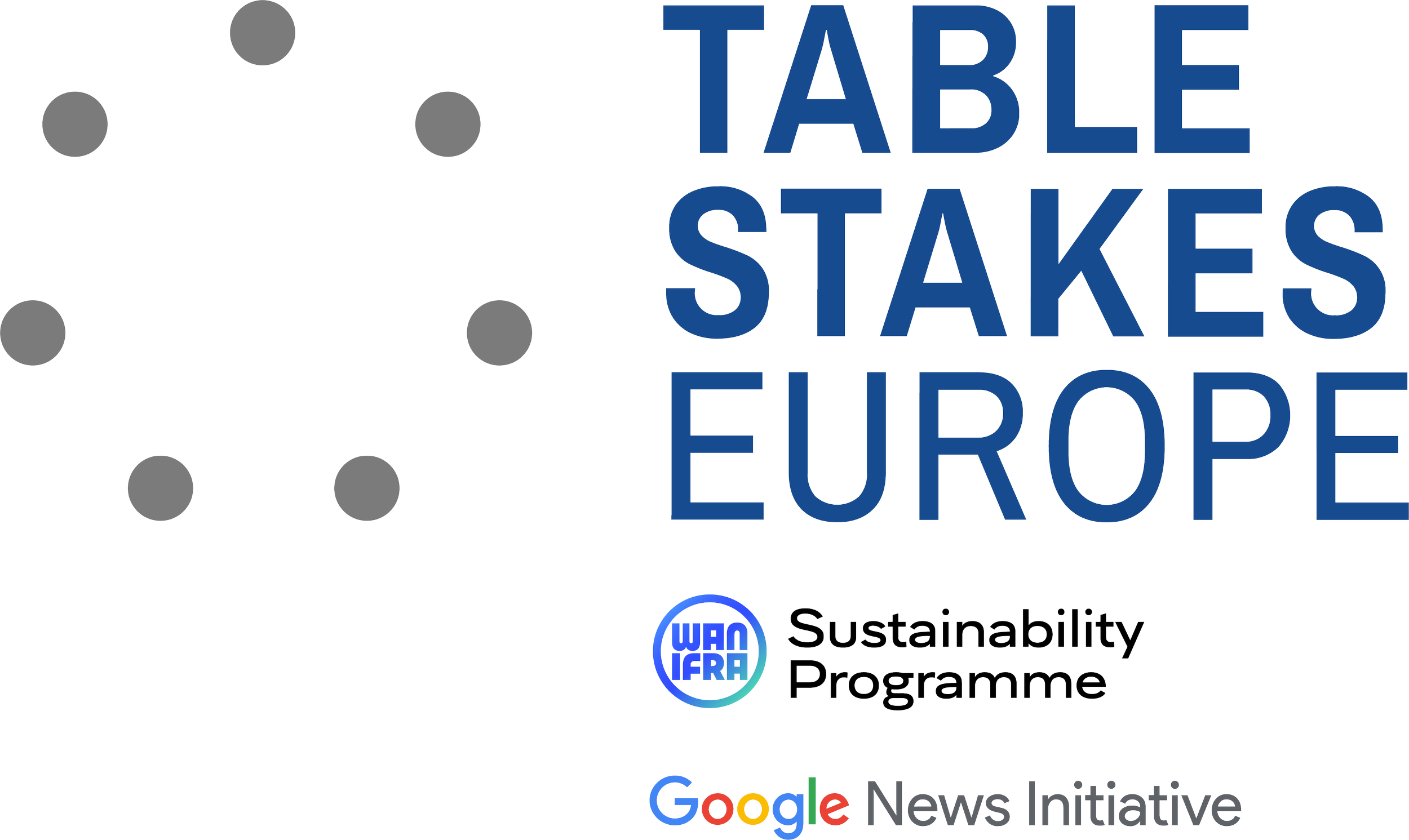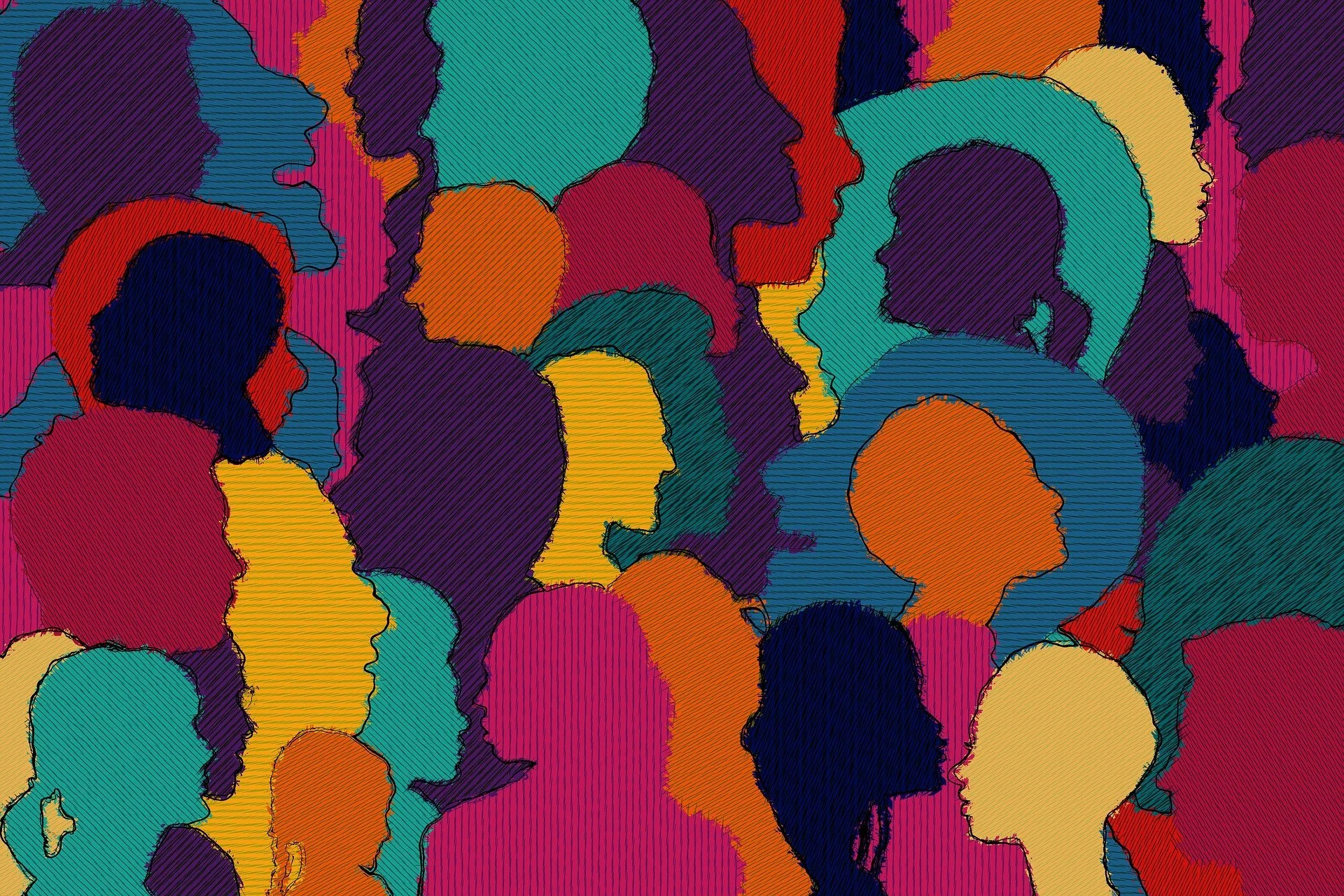What are the qualities of an inclusive editor, and why it matters
2022-02-07. The drive towards diversity and inclusion is felt across a wide range of industries, and the news media is not an exception. What questions should an editor consider in order to improve diversity and inclusion in the newsroom? What practical steps can they take to promote a more inclusive workplace?
Ramaa Sharma and Stéphane Mayoux reflect on the skills needed to improve inclusion in the newsroom. Their content and questions are rooted in a combined 40 year-experience in diverse newsrooms, including at the BBC. They both work as coaches and offer diversity and inclusion workshops to a range of companies and industries. They decided to write this piece jointly so that, as much as possible, their writing would also embody diversity. They start with the context of their reflections, and then offer a number of practical advice and questions.
Diversity improves journalism. Diversity and inclusive practice create exciting opportunities for editors and journalists to expand their perspectives, their skills and the range of stories they can cover, edit and illustrate with authentic and renewed authority.
This article is a short reflection on what this might all mean in practice for newsroom leaders, for editors. We have tried to frame and describe the skills they require to gather, write, visualise and distribute diverse content for diverse audiences. We have opted for a coaching stance, and therefore decided to share questions editors may want to ask themselves, rather than offer them non-negotiable injunctions.
For some of us, being inclusive is also a moral and personal imperative. At a time when controversial issues and stories tend to fuel conflict, to split communities and countries alike, inclusive practice is a way to re-establish trust between newsrooms and all their users, and also, crucially, trust within media organisations themselves. Editors do not operate outside the culture of their media. Journalists are sensitive to the ethos of their editors and owners. Both editors and journalists need the backing of their leaders, including and especially when it comes to diversity.
Institutions and organisations have their own culture, their own ways of doing things, their own biases. In times of change and uncertainty, diversity of thinking and of experiences might not always be welcome. So diversity and inclusion need to start from the very top. Strategies need to include a cultural lens. If not, an editor who is herself or himself from a minority might feel out of sync with the rest of the leadership, vulnerable.
Here, we mainly use culture and race as our focus point for diversity. Race is not based on science. It is a social construct. However we believe that society and societies have been “racialized”, in the sense that race has become a way to see and experience the world. We also believe the principles we apply are also pertinent to most, if not all aspects of Diversity, Equity and Inclusion, e.g. gender, class, disability, age, sexual orientation, and race. Importantly we will also look at this issue from the perspective of leaders/editors who belong to so-called ethnic minorities.
The questions inclusive editors may want to ask themselves
We believe that the main skills of an inclusive editor are curiosity and self-awareness. Both of us are practising coaches, so we decided to offer a number of questions relevant to every step of news gathering, producing and publishing.
Building an inclusive team. Who makes up your team? Do they truly represent your audiences? What perspectives are missing? How have you been recruiting and how might that need to change? Are you getting the most of the team you have? Does everyone get a similar voice at meetings? Do they have equal influence? Do they get equal reward and visibility? Is diversity fully embodied in the editorial workflow?
Widening your own perspective. What are you reading/watching/listening to? What platforms are you getting your news and ideas from? What voices are you particularly sensitive to? Who are you following on Twitter? Who are you connected with on LinkedIn? Who are your friends on Facebook? What are your potential biases? How can you attend to them?
Deciding on the overall news agenda. Outside of breaking news, what are you covering and how are these story choices made? By whom? What kind of stories are promoted and rewarded? Who appears most often in your pictures and illustrations? Can all your audiences relate to them? How do you know? What kind of metrics are you using? Which audiences are you serving well? Which ones are you under-serving?
Gathering diverse stories. We tend to report on what we can see and not what we can’t see. What is it that are you not seeing? How might you find out? Who can help? Who can tell you what you are missing? Can you trust them? Why? Why not?
Inclusive writing and editing. Whose perspectives are presented? What’s missing? Can you evolve the article to include new perspectives? Who in your team can you test this with? How can you check that your use of words is inclusive, as well as objective and impartial? How do you keep up-to-date with the on-going conversations taking place (in newsrooms and in the world) around the kind of words that are most appropriate?
Distribution and engagement. Which platforms do you prioritise? How do you promote your content? Who are your influencers outside the newsroom? Who are your community managers inside your organisation?
What if the editor belongs to a so-called minority?
At this stage, we realise we might be giving the impression that leaders and editors are all necessarily white heterosexual middle-class men, and interested in widening their scope. But what about female editors and leaders of colour, or with a working class background or living with a disability? What do they need to do and acknowledge, on top of everything above
On being hired. Is there a risk of tokenism? What do you need from your boss, your peers and your team? How explicit can you be?
Being true to oneself. Can you be yourself at work? Are you leaving parts of yourself behind to fit in? What are you saying or not saying? Can you be yourself regardless and observe what happens? How can you be a genuine role model for more junior staff? Is your work environment inclusive enough for you? What can you do if it isn’t? Who can you talk to inside and outside the organisation?
On feeling discomfort. What can you do if you do not feel heard? Can you call out problematic behaviours? If not, what are your options? Separately, how can you process/share your discomfort? How can you make your well-being front and central?
Developing a sense of context. What has been your journey with your own identity? How has it evolved? Whilst minority communities share a collective experience – there are differences too. What can you learn from other minority groups and their experiences?
Within your place of work. What are the strengths and weaknesses of your organisation? If it is a legacy institution, how long would it take to improve them? How long are you happy/prepared to wait? What can you expect from them? What can they expect from you?
Seeking support. What kind of staff network can you rely on? Are there any? What sort of mentoring and coaching might help? What are the options inside the organisation? What about outside?
Some additional Do’s and Don’ts for promoting inclusion
Possible Do’s
Do increase representation. It is an excellent start. And it is not enough. If the purpose of recruiting diverse staff is to get the best out of them, ensuring they have a voice is mandatory – a key tenet of ‘inclusion.’ Without inclusion diverse talent will not provide their best. At worst, they will leave. This needs to start at the point of hiring. Ensure talent feels valued for their skills and experiences not just for their skin colour or their gender. To avoid resentment, ensure the team also understands what the new person brings. You need clear and candid communication.
Do create a sense of belonging. Make sure everyone has a voice (can speak freely in a news meeting for example), has influence (their story ideas, their feedback are heard and taken into account) and gets just reward (gets mentioned, gets public praise, gets promoted or involved in high-profile editorial projects).
Be curious about yourself and others. We all have biases. Stop and think how your own life experience has been informed by the community in which you were born, your own class, gender and, yes, skin-colour.
Do self-educate: There are a number of articles, books, podcasts, blogs about Diversity and Inclusion. Make yourself familiar with them. Minority staff will get tired and at times frustrated at having to keep explaining what the problem is.
Do accept to be vulnerable. We all get things wrong at times, even unknowingly. Change often means discomfort. Have open and sometimes difficult conversations about the source of your discomfort.
Do get support – from HR/Colleagues/Managers/Coaches if you are stuck.
Do create a structure that makes you accountable. Have a timeline and clear objectives, including quantitative ones. Have formal and informal conversations with the whole newsroom.
Possible Don’ts
Don’t token hire
Don’t stop at representation. It’s not enough. If diverse talent is not included they will leave.
Don’t ask anyone from a minority to speak for their whole community.
Don’t treat minority stories differently. Treat them like all other stories. Sometimes they will require ‘insider’ knowledge, sometimes they won’t.
Don’t assume all minorities should or want to do minority stories only.
Don’t avoid having the conversation because of discomfort – be brave and accept it might be difficult sometimes.
Building organisations of belonging – workplaces where everyone has a voice, has equal influence and gets a just reward – takes time. Building trust takes time. There is no magic wand. It requires curiosity, courage and self-learning from everyone involved. Our Do’s and Don’ts lists offer some practical advice as you navigate this journey, but they are obviously not comprehensive and we welcome other ideas. Our hope is that the questions that form the crux of this article might generate other ideas that foster togetherness, editorial brilliance and digital performance. Enjoy your journeys!
This article was originally published in Understanding your audiences in a deeper way, a report about the second round of Table Stakes Europe


